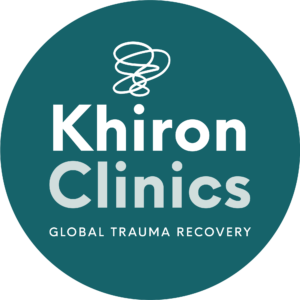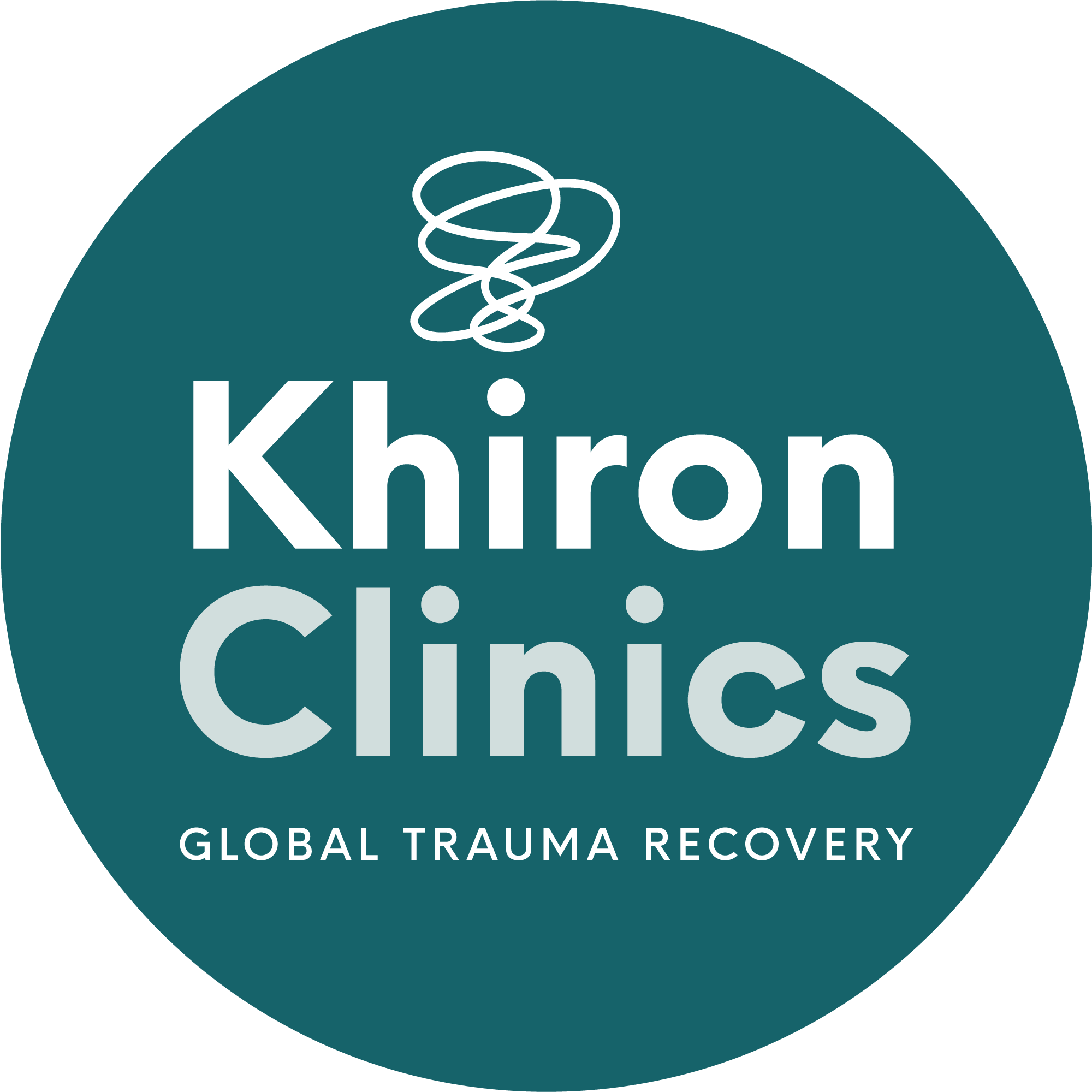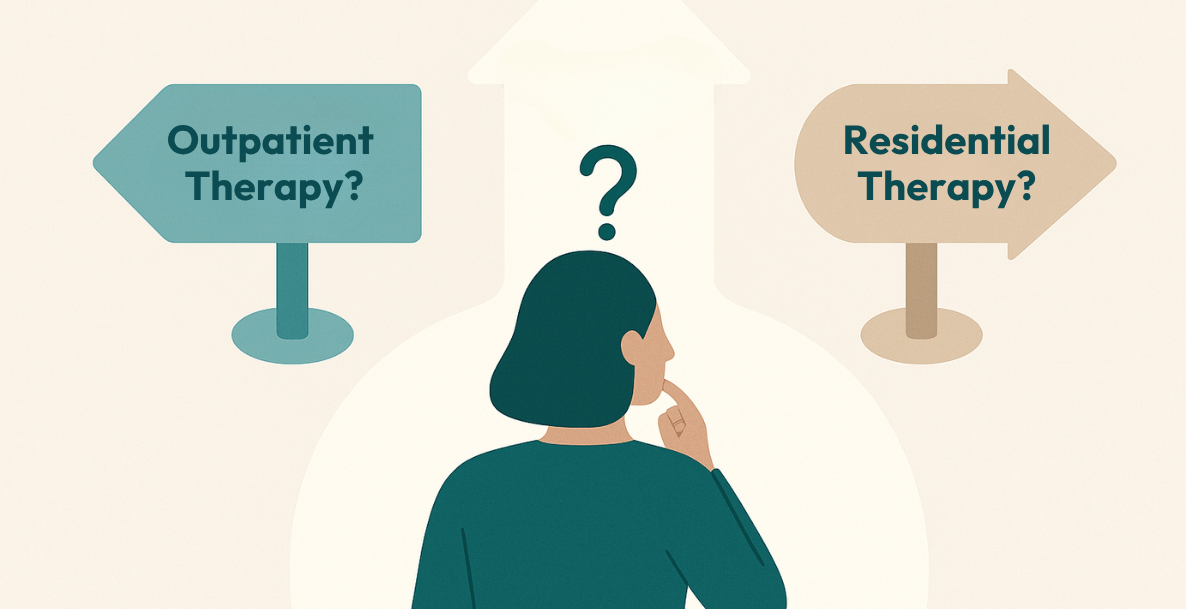Personality disorders are types of mental health conditions that can affect severely traumatised individuals. They range in terms of severity and, if not addressed and treated, they can lead to consistent, long-term, unhealthy patterns of thinking, feeling and behaving which inevitably can have an enormously detrimental effect on the person suffering with the illness and anyone close to them. Research from Andrew E Skidoo’s longitudinal study on personality disorders has shown that ‘PDs constitute a significant public health problem, with respect to associated functional impairment, extensive treatment utilization, negative prognostic impact on major depressive disorder, and suicide risk.((Skodol, Andrew & Gunderson, John & Shea, Tracie & Mcglashan, Thomas & Morey, Leslie & Sanislow, Charles & Bender, Donna & Grilo, Carlos & Zanarini, Mary & Yen, Shirley & Pagano, Maria & Stout, Robert. (2005). The Collaborative Longitudinal Personality Disorders Study (CLPS). Journal of personality disorders. 19. 487-504. 10.1521/pedi.2005.19.5.487.))’
Personality disorders can be harder for doctors to diagnose than other illnesses, as they are linked to the individuals’ unique personality and are extremely complex due to the vastly different ways they affect each individual.
There are four defining features that all people suffering with a personality disorder would demonstrate, these are;
- Distorted thinking patterns
- Problematic emotional responses
- Over or under regulated impulse control
- Interpersonal difficulties
Whilst these are true of all personality disorders, we have to go significantly deeper to really understand the different types of disorder that people can suffer from. There are ten types of personality disorder that are medically recognised, these are then split into 3 separate clusters. Whilst they are all separate conditions, each cluster has several unique traits that are used to categorise the symptoms. ‘Research has [also] shown that there is a tendency for personality disorders within the same cluster to co-occur((https://www.gulfbend.org/poc/view_doc.php?type=doc&id=479&cn=8%5C%22 accessed 6/11/2019))’.
Cluster A is generally labeled; mad, odd or eccentric, Cluster B; bad, dramatic, emotional, erratic and Cluster C; sad, anxious, fearful. To understand why they are given these titles we will need to look further into each cluster and the conditions within them.
If someone is suspected of having a personality disorder, the initial protocol would be for them to undergo a medical evaluation from a mental health professional. The therapist would ask a series of questions around how the person perceives other people and how they think others perceive them. Together the therapist and the individual would assess the emotional response elicited from the questions and consequential answers, they would explore the patient’s close personal relationships while also discussing how they control their impulses. They may also wish to question family members or a spouse to get a different perspective and get a more rounded idea of the individual’s mental state and behaviour. Following this they would consult the Diagnostic and Statistical Manual of mental disorders (DSM5) to help them establish which, if any, of the 10 personality disorders the person is displaying. Often these will overlap, especially within clusters.
Cluster A
This cluster consists of Paranoid, Schizoid and Schizotypal Personality Disorders and people in this category suffer from severe social awkwardness and social withdrawal. The three disorders in this cluster are dominated by distorted thinking. This can range from extreme paranoia to complete apathy towards building any form of meaningful relationship. Often the distorted thinking can involve hallucinations and grand delusions with some people believing they can read minds and see things that aren’t there. Another common thread that runs between the three disorders in cluster A is the sufferers distinct lack of social skill and ability. Subsequently many people suffering from a cluster A personality disorder would be fairly isolated and likely to classify themselves as a loner.
Cluster B
Cluster B consists of people with Borderline, Narcissistic, Histrionic and Antisocial Personality Disorders and is predominantly characterised by people suffering with impulse control issues and difficulty with emotional regulation. However, these particular issues may present themselves in vastly different ways, depending on the person and the disorder. For example, someone with Anti-social or Narcissistic tendencies may lack empathy and disregard other’s emotions whereas someone with Histrionic or Borderline personality disorder may seem overly emotional, full of anger or very emotionally unstable, flitting from positive to negative states of mind in a hysterical fashion. As with all of the personality disorders within each cluster, there is a lot of scope in between these extremes.
Cluster C
People who fit into cluster C would usually suffer from intense anxiety and fear. This includes Avoidant, Dependent and Obsessive-Compulsive Personality Disorder types. The overwhelming factor with these disorders is that, whilst for different reasons, they all share a high level of anxiety that can manifest itself in different ways. This can range from the person suffering with very low self-esteem and not feeling good enough to have close relationships to the other end of the spectrum where individuals may be obsessive and compulsive. Some individuals in this cluster will be unwilling to compromise to the extreme, antagonising those around them and subsequently damaging relationships.
During the month of December Khiron will be looking in depth at the personality disorders discussed in cluster A: Paranoid, Schizoid and Schizotypal Personality Disorders. The remaining two clusters will be explored during the following year. Please keep an eye out for our forthcoming articles on these topics and if you have a client, or know of someone who is struggling with a personality disorder, or recognise that they have symptoms discussed in this article – reach out to Khiron. We believe that we can stop the revolving door of treatment and misdiagnosis by providing effective residential and out-patient therapies for underlying psychological trauma. Allow us to help you find the path to effective, long lasting recovery. For information, call us today. UK: 020 3811 2575 (24 hours). USA: (866) 801 6184 (24 hours).







